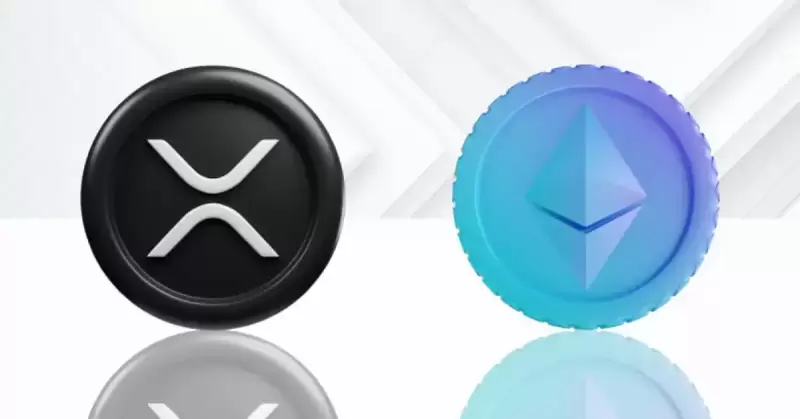Earlier this week we reported that Fidelity Investments was launching a tokenized money market fund, a surprisingly late launch given Fidelity was the first major asset manager to lean into crypto. Now the Financial Times, citing insider sources, reported that the asset manager is planning to issue its own stablecoin.
Earlier this week we reported that Fidelity Investments was launching a tokenized money market fund, a surprisingly late launch given Fidelity was the first major asset manager to lean into crypto.
Now the Financial Times, citing insider sources, reported that the asset manager is planning to issue its own stablecoin.
Both the tokenized fund and stablecoin fit with recent moves by US derivatives regulator, the Commodity Futures Trading Commission (CFTC) to pilot the use of tokenized assets including stablecoins for margin purposes. Yesterday the CME Group announced it was testing a solution and would involve market participants later this year.
The move comes as the Trump administration has put stablecoins at the core of its crypto policy and is targeting the passage of stablecoin legislation by the end of April. Yesterday the Trump-associated World Liberty Financial announced it would issue the USD1 stablecoin. We noted in our analysis that the USD1 reserve assets might include tokenized Treasuries.
We’ve previously argued that asset managers and brokers need to participate in stablecoins, although we suggested they create a joint one (similar to the M coin or the Global Dollar), rather than their own.
While asset managers tend to allow fund redemptions at regular intervals, usually daily for money market funds, that doesn’t work in the 24/7 world of crypto. Hence, there will be a desire to switch instantly between tokenized funds and stablecoins.
That means the asset manager has to keep a stash of stablecoins in order to buy back or redeem the funds. If the asset manager is involved in a stablecoin, they can earn yield on the underlying assets, rather than holding a stablecoin which earns them nothing.
Ondo Finance is providing another path, by enabling the holders of various tokenized funds to sell them to Ondo at any time. In turn, Ondo uses those same tokenized funds as reserve assets for its yield bearing funds. If that sounds complicated, there’s more on that here.
Disclaimer:info@kdj.com
The information provided is not trading advice. kdj.com does not assume any responsibility for any investments made based on the information provided in this article. Cryptocurrencies are highly volatile and it is highly recommended that you invest with caution after thorough research!
If you believe that the content used on this website infringes your copyright, please contact us immediately (info@kdj.com) and we will delete it promptly.















![Melania Meme [MELANIA] remains one of the most underperforming tokens Melania Meme [MELANIA] remains one of the most underperforming tokens](/assets/pc/images/moren/280_160.png)





























































![Melania Meme [MELANIA] remains one of the most underperforming tokens Melania Meme [MELANIA] remains one of the most underperforming tokens](/uploads/2025/04/18/cryptocurrencies-news/articles/melania-meme-melania-remains-underperforming-tokens/middle_800_480.webp)





